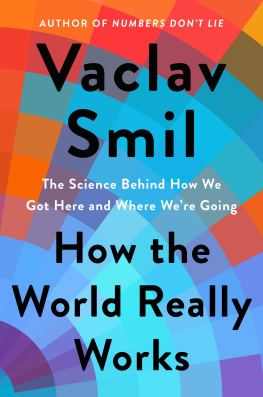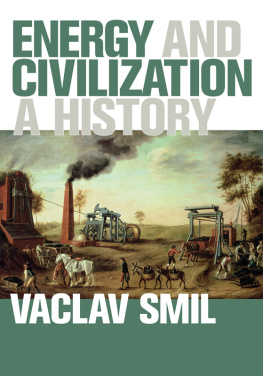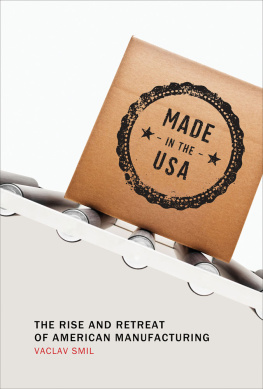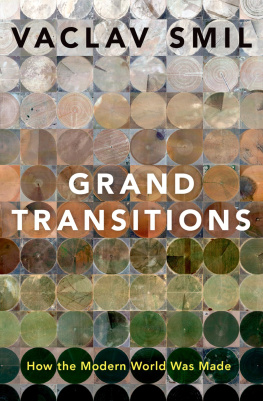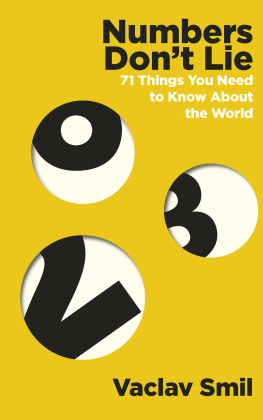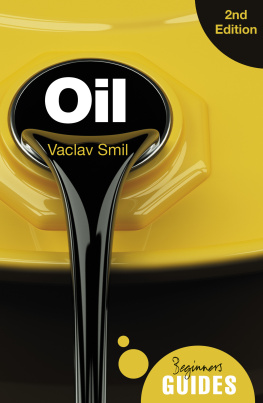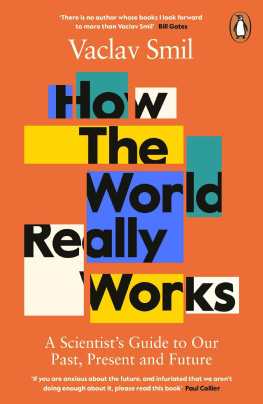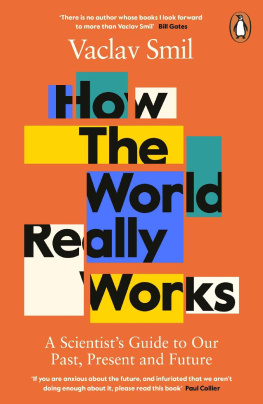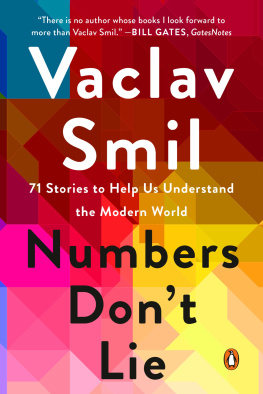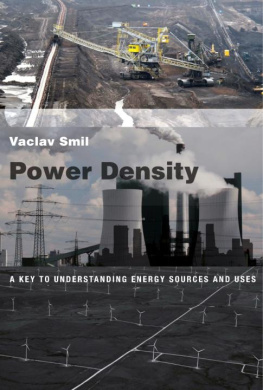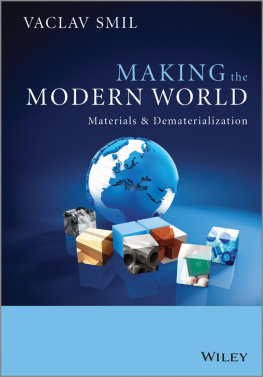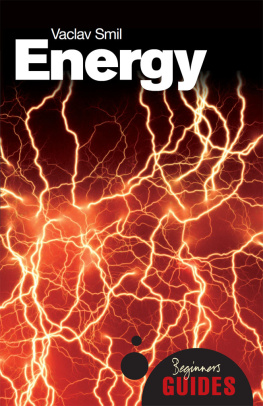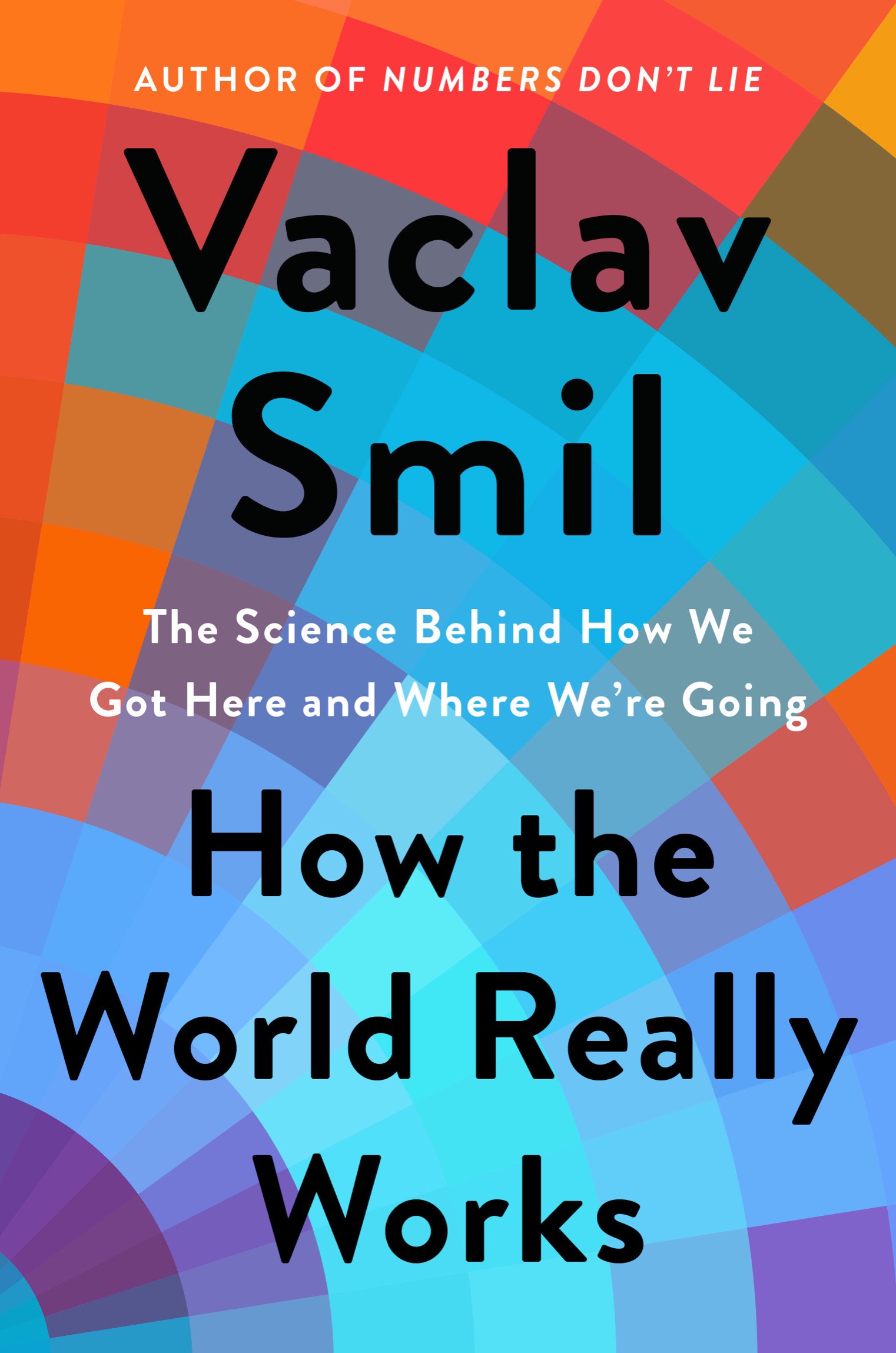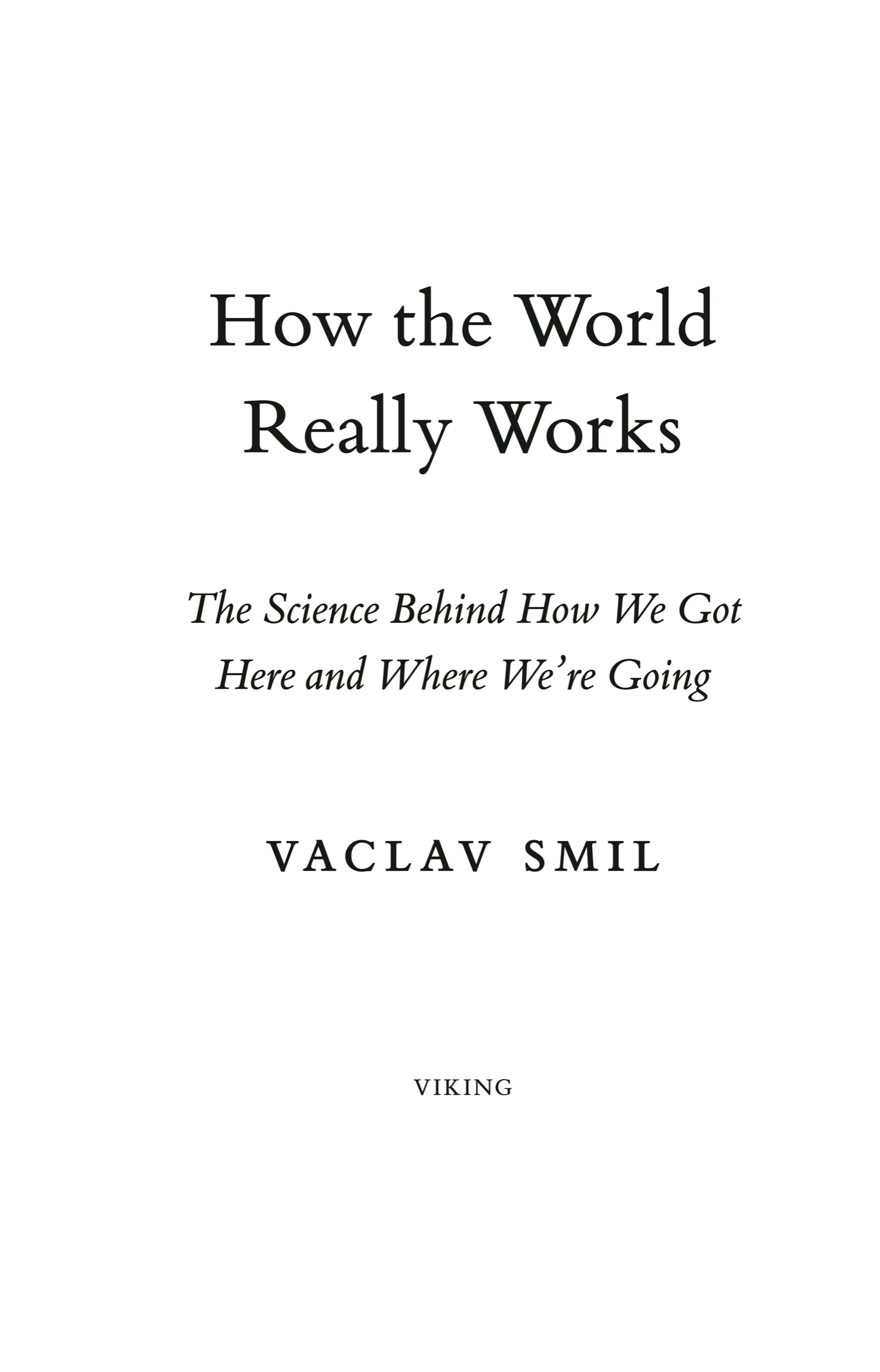Vaclav Smil - How the World Really Works: The Science Behind How We Got Here and Where Were Going
Here you can read online Vaclav Smil - How the World Really Works: The Science Behind How We Got Here and Where Were Going full text of the book (entire story) in english for free. Download pdf and epub, get meaning, cover and reviews about this ebook. year: 2022, publisher: Viking, genre: Romance novel. Description of the work, (preface) as well as reviews are available. Best literature library LitArk.com created for fans of good reading and offers a wide selection of genres:
Romance novel
Science fiction
Adventure
Detective
Science
History
Home and family
Prose
Art
Politics
Computer
Non-fiction
Religion
Business
Children
Humor
Choose a favorite category and find really read worthwhile books. Enjoy immersion in the world of imagination, feel the emotions of the characters or learn something new for yourself, make an fascinating discovery.
- Book:How the World Really Works: The Science Behind How We Got Here and Where Were Going
- Author:
- Publisher:Viking
- Genre:
- Year:2022
- Rating:4 / 5
- Favourites:Add to favourites
- Your mark:
How the World Really Works: The Science Behind How We Got Here and Where Were Going: summary, description and annotation
We offer to read an annotation, description, summary or preface (depends on what the author of the book "How the World Really Works: The Science Behind How We Got Here and Where Were Going" wrote himself). If you haven't found the necessary information about the book — write in the comments, we will try to find it.
The renowned energy scientist aims to [recenter] materials rather than electronic flows of data as the bedrock of modern life largely through examining what he calls the four pillars of modern civilization: cement, steel, plastics and ammonia. David Marchese, The New York Times Magazine
An essential analysis of the modern science and technology that makes our twenty-first century lives possiblea scientists investigation into what science really does, and does not, accomplish.
We have never had so much information at our fingertips and yet most of us dont know how the world really works. This book explains seven of the most fundamental realities governing our survival and prosperity. From energy and food production, through our material world and its globalization, to risks, our environment and its future, How the World Really Works offers a much-needed reality checkbecause before we can tackle problems effectively, we must understand the facts.
In this ambitious and thought-provoking book we see, for example, that globalization isnt inevitablethe foolishness of allowing 70 per cent of the worlds rubber gloves to be made in just one factory became glaringly obvious in 2020and that our societies have been steadily increasing their dependence on fossil fuels, such that any promises of decarbonization by 2050 are a fairy tale. For example, each greenhouse-grown supermarket-bought tomato has the equivalent of five tablespoons of diesel embedded in its production, and we have no way of producing steel, cement or plastics at required scales without huge carbon emissions.
Ultimately, Smil answers the most profound question of our age: are we irrevocably doomed or is a brighter utopia ahead? Compelling, data-rich and revisionist, this wonderfully broad, interdisciplinary guide finds faults with both extremes. Looking at the world through this quantitative lens reveals hidden truths that change the way we see our past, present and uncertain future.
Vaclav Smil: author's other books
Who wrote How the World Really Works: The Science Behind How We Got Here and Where Were Going? Find out the surname, the name of the author of the book and a list of all author's works by series.

